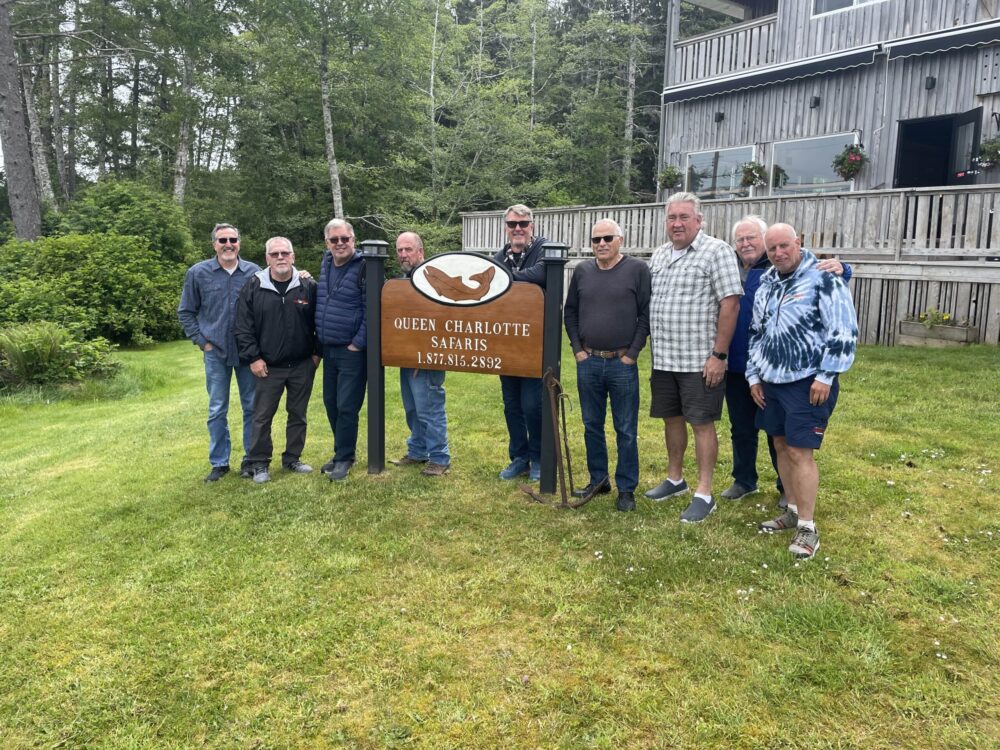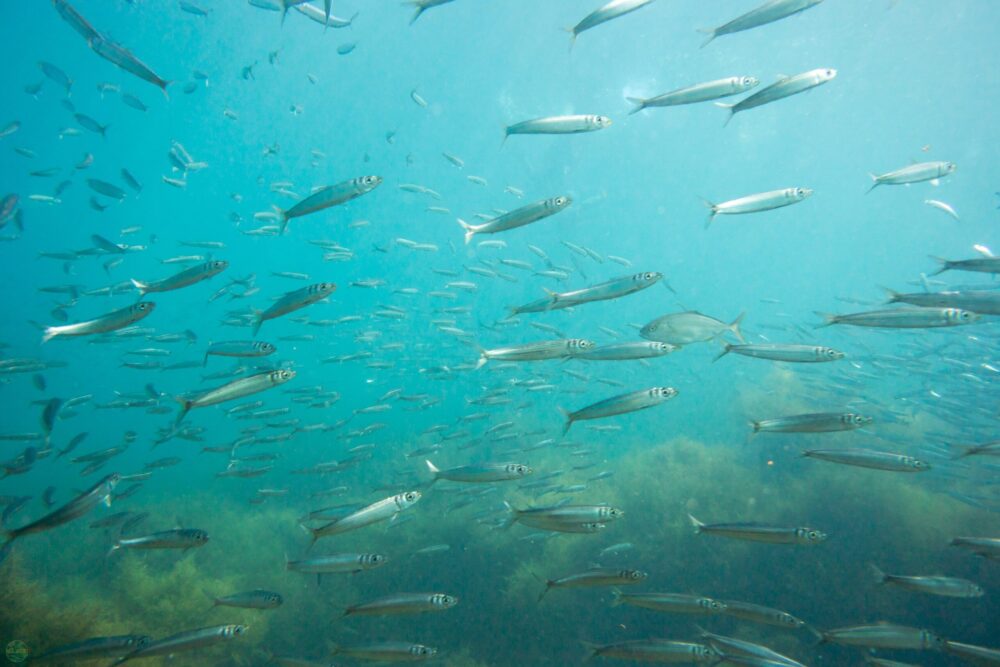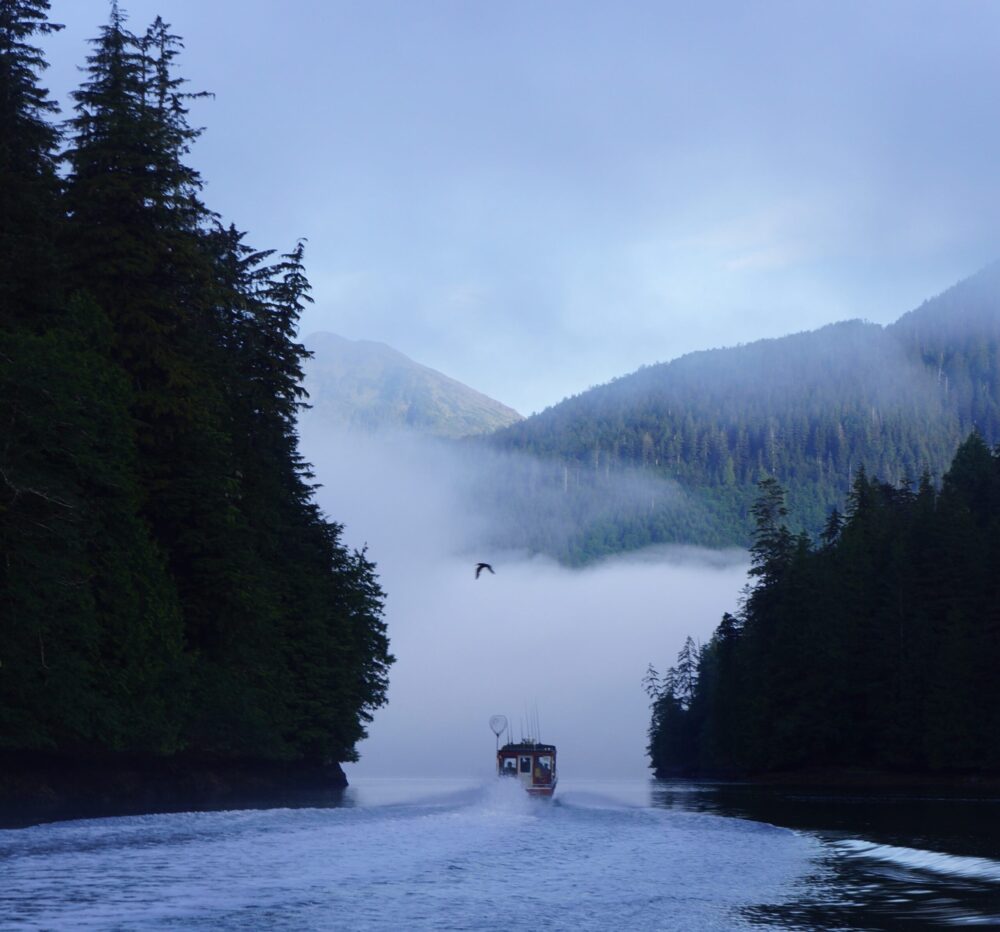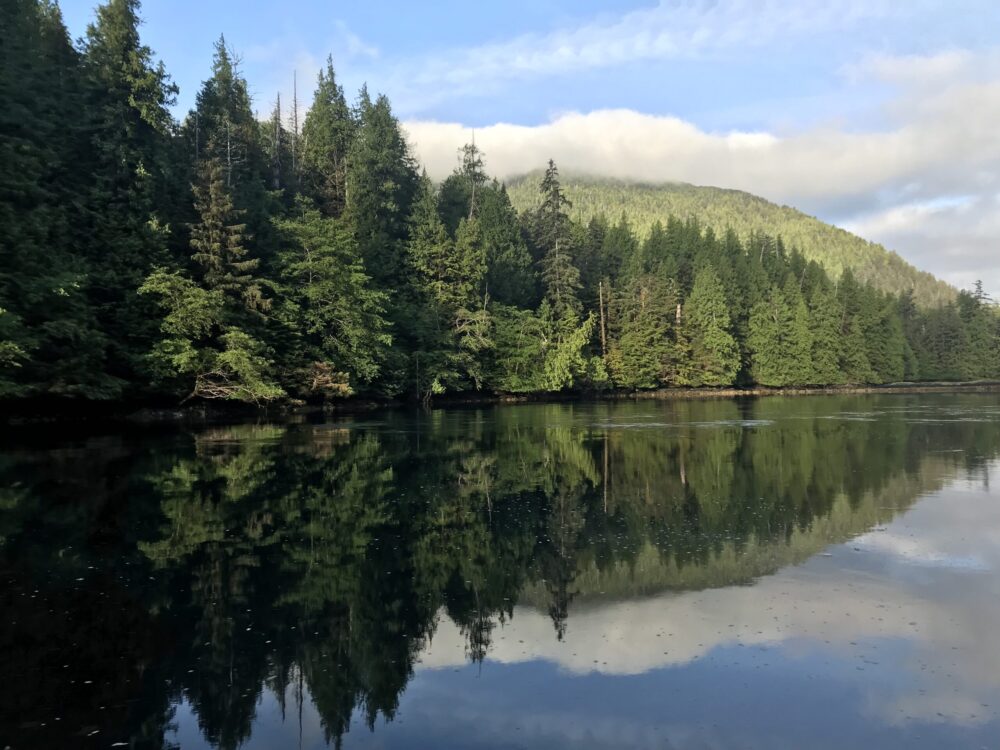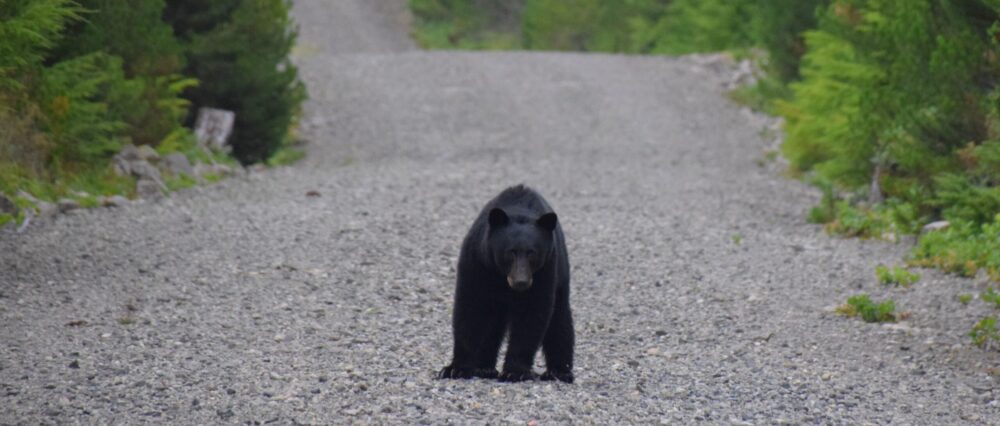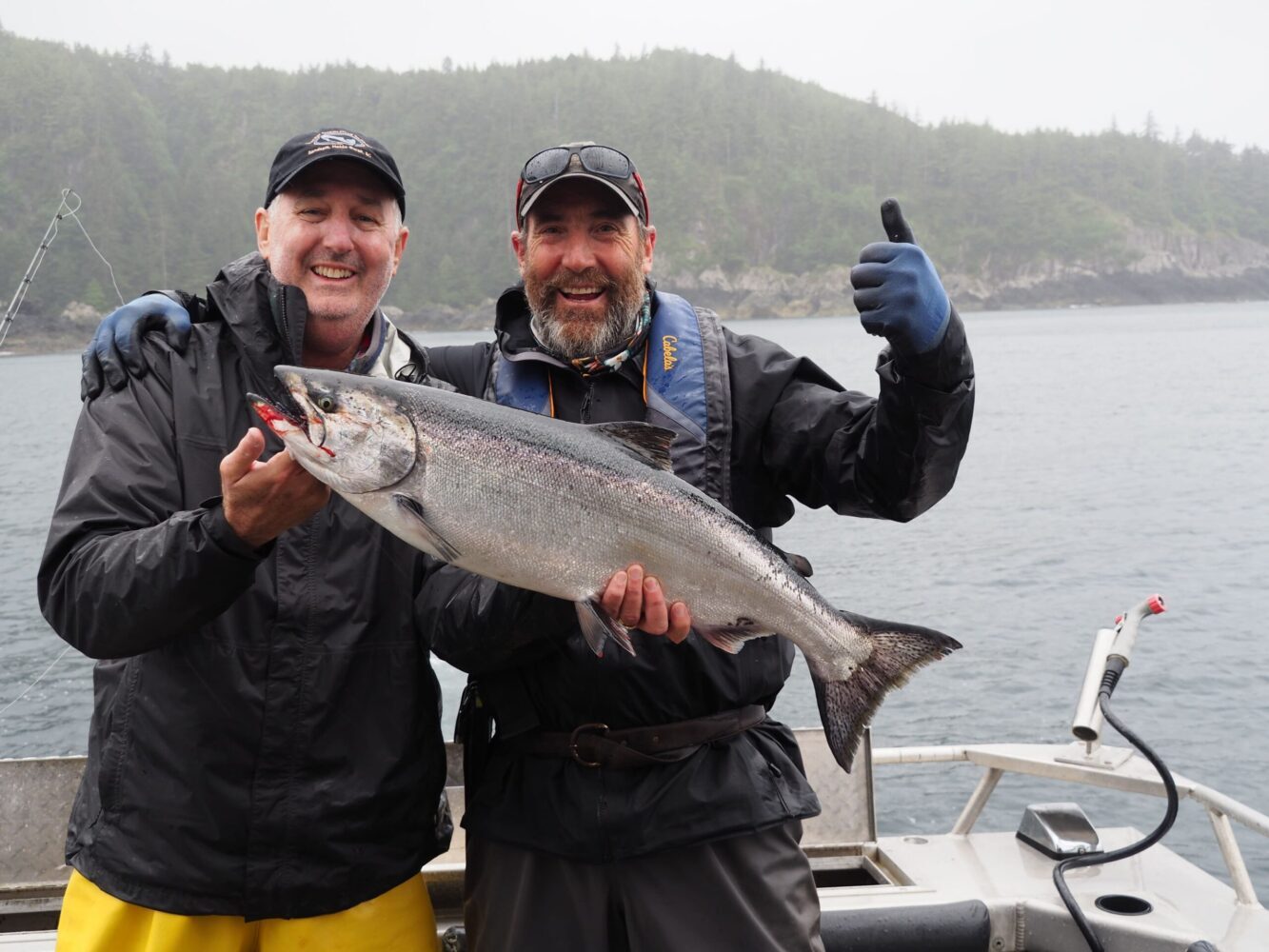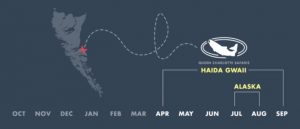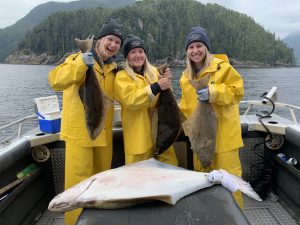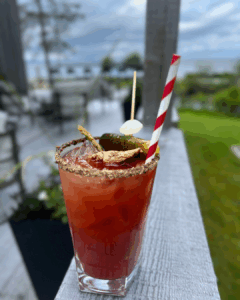
There’s something special about that first tug on the line—the surge of excitement, the focused stillness, and then the exhilaration of the catch. At Haida Gwaii Safaris, we believe those unforgettable firsts should be celebrated, whether it’s your first salmon, halibut, or lingcod, or something even bigger: a birthday, anniversary, or once-in-a-lifetime gathering with friends and family.
We’re more than just a fishing destination—we’re a place where milestones are marked, stories are shared, and moments become memories.
Your First Catch, Commemorated
First-time anglers and seasoned pros alike know that each new species comes with its own thrill. At Haida Gwaii Safaris, we mark those special moments with our custom First Catch Pins—earned when you land your first:
- Salmon – Fresh from the famed Salmon Super Highway, vibrant and ocean-strong.
- Halibut – Pulled from the deep, calm waters surrounding the Haida Gwaii shelf.
- Lingcod – A fierce and ancient predator, always a surprise and a delight.
Each pin represents more than a fish—it’s your personal milestone in one of the most remote and pristine fisheries in the world. It’s these shared, joyful rituals that make our guests feel like part of something special—because you are.
Celebrating Life’s Big (and Small) Moments
Beyond the fishing, our oceanfront lodge is the perfect setting for celebrations of all kinds:
- 🎂 Birthday trips with friends and family
- 💍 Anniversaries marked with ocean sunsets and shared adventure
- 👨👩👧 Multi-generational gatherings where everyone—from kids to grandparents—can experience the joy of the wild together
- 🍾 Personal achievements or retirement getaways
- 🎉 And yes, your first fish, too
Whether you’re here to reel in your first salmon or toast to 30 years of marriage, we help make it unforgettable—with warm hospitality, thoughtful touches, and a few surprises along the way.
Who’s It For?
Everyone. Seriously.
- First-time anglers catching their first salmon
- Young kids landing a halibut with help from a parent or guide
- Seasoned fishermen catching their first lingcod
- Couples celebrating an anniversary adventure
- Groups reuniting after years apart
Every guest at Haida Gwaii Safaris has a reason to celebrate—and we’re here to make sure you do.
The Haida Gwaii Safaris Experience
- All-inclusive: We take care of everything—from gear to gourmet meals to fish processing
- Wild location: Set in the heart of one of the richest marine ecosystems on the West Coast
- Warm service: Our lodge team goes the extra mile to make you feel at home—and celebrated!
From the Guests
“My husband and I came for our anniversary and both caught our first halibut. The pins were such a cool touch—and the lodge had champagne waiting when we got back. Can’t wait to come back next year.”
— Sophie & Mark, Calgary
“Our group of buddies made this a 40th birthday trip. Great fishing, killer meals, and laughs for days. The pins made it feel even more personal.”
— Ben T., Seattle
Book Your Celebrations
Whether it’s your first fish or your fiftieth birthday, Haida Gwaii Safaris is the kind of place where every occasion feels a little more meaningful—and a lot more fun.
Ready to celebrate your next big moment on the water?
We’re here for it—and we’ll have your pin (and maybe a glass of bubbly) ready. Book your trip today!
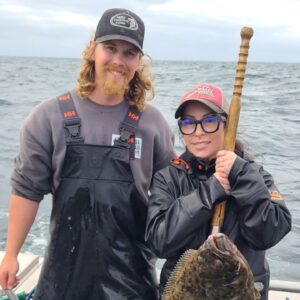

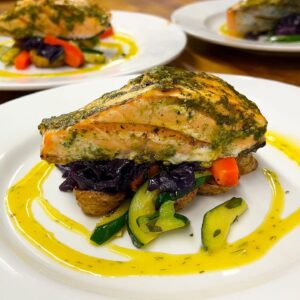
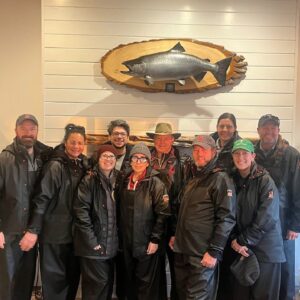
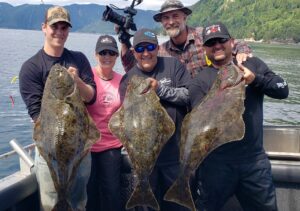
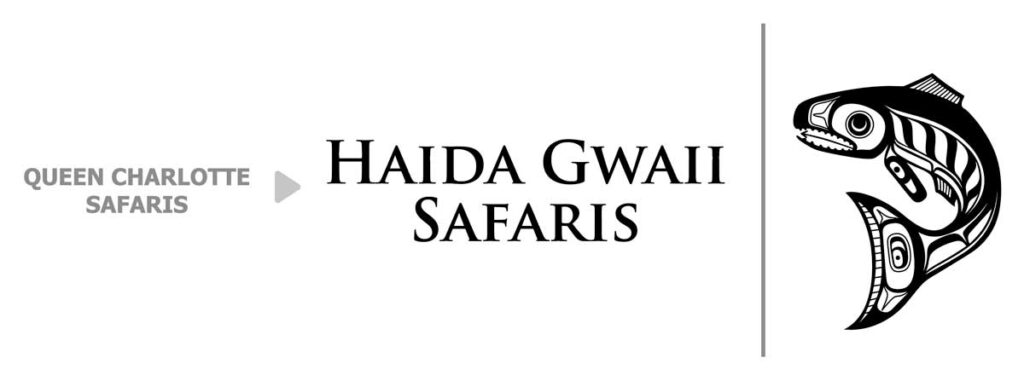 In the heart of the Northern British Columbia Coast, a profound journey of reclamation and cultural revival has been unfolding. The Haida Nation, with its rich heritage and deep connection to the land and sea, has been at the forefront of this transformation. This story begins in 1787, when Captain George Dixon surveyed the islands. He named the islands the Queen Charlotte Islands after his ship, the Queen Charlotte, which was named after Charlotte of Mecklenburg-Strelitz, wife of King George III of the United Kingdom.
In the heart of the Northern British Columbia Coast, a profound journey of reclamation and cultural revival has been unfolding. The Haida Nation, with its rich heritage and deep connection to the land and sea, has been at the forefront of this transformation. This story begins in 1787, when Captain George Dixon surveyed the islands. He named the islands the Queen Charlotte Islands after his ship, the Queen Charlotte, which was named after Charlotte of Mecklenburg-Strelitz, wife of King George III of the United Kingdom.